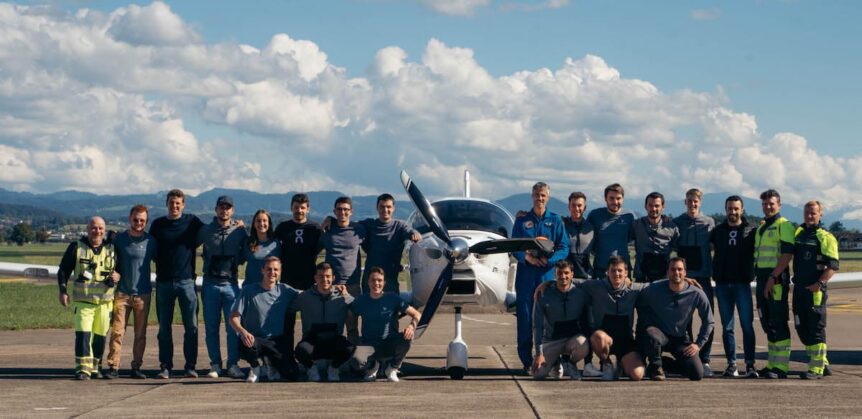Two groups of students, AeroDelft in The Netherlands and ETH Cellsius in Switzerland, are making great progress on some extremely advanced aeronautical projects. Each school’s ultimate goal seems to be flying with liquid hydrogen, and each has a slightly different approach to that goal. AeroDelft: Starting Small AeroDelft, the student-led project at Delft University of Technology, flew a 1/3 scale model that closely resembles e-Genius in July. Its 1,500 Watt (two kilowatt) motor is powered by 40 grams (1.411 ounces) of gaseous hydrogen initially, but will transition to liquid H2 later in the program. 380 grams (13.4 ounces) of the more potent fuel will allow three hours endurance and a range of almost 300 kilometers (186 miles) Since that flight, the team has exhibited at various trade shows and advanced work on its Sling 4 two-seat light aircraft. The 920 kilogram (2,024 pound) maximum takeoff weight aircraft, powered by a 110 kilowatt (147.4 horsepower) motor flies on battery power for …
Tag Archive
Below you'll find a list of all posts that have been tagged as “Cellsius”

